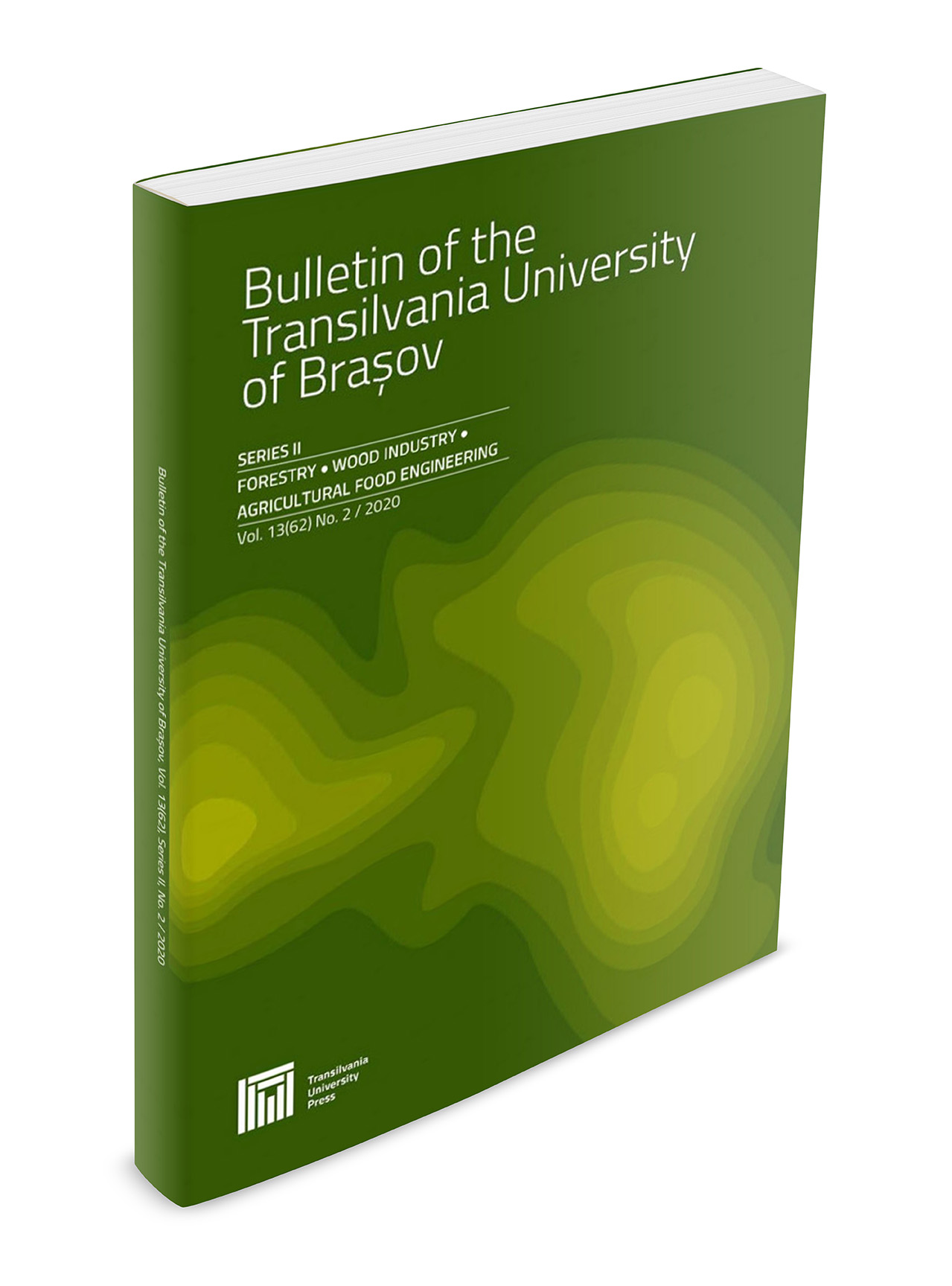Use of Scanning Laser Technology to Obtain the Erhu Vibroacoustic
DOI:
https://doi.org/10.31926/but.fwiafe.2022.15.64.2.7Keywords:
erhu, vibroacoustic, operational modal testing, scanning laserAbstract
The aim of this research is to develop and validate an experimental model testing method in the erhu instrument. The model analysis is dependent on the dynamic behavior of materials which results the relationships to be naturally excited due to the structure. There are three major factors which would directly affect the performance of erhu vibroacoustic: (1) string, (2) vibrating skin, and (3) wooden soundbox. However, the transducer mass effect is the significant impact factor in the membrane vibration measurement. The attention is focused on the erhu skin vibration modes by using the scanning laser method. The method for experimental mode shapes of erhu skin was notable in that the equipment assembled a loudspeaker, a signal point laser, and a scanning laser vibrometer. The mode shapes can be excited depending on the white noise with plane acoustic wave to push on the skin surface. The scanning laser method is content two types of laser doppler vibrometer for various purpose. The single point laser measured the driving point vibration as the reference in the center of the skin surface. The responses were measured by the scanning laser vibrometer with 276 measuring points on the surface. The results showed the vibroacoustic of erhu skin which the various mode shapes are dependent on the frequency diversifications. The mode shapes of the erhu skin can be characteristic into five vibroacoustic patterns by the various frequency ranges (20 to 5,000 Hz). Obviously, the scanning laser method is a convenient and readily reproducible setup to evaluate in the erhu vibroacoustic properties. As an engineering application, the proposed method can be served as a fundamental tool when predicting or even suppressing the possible excitations associated with particular vibration modes in the mechanical designs of the instruments.



